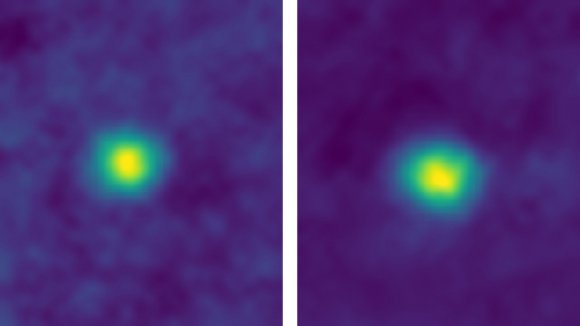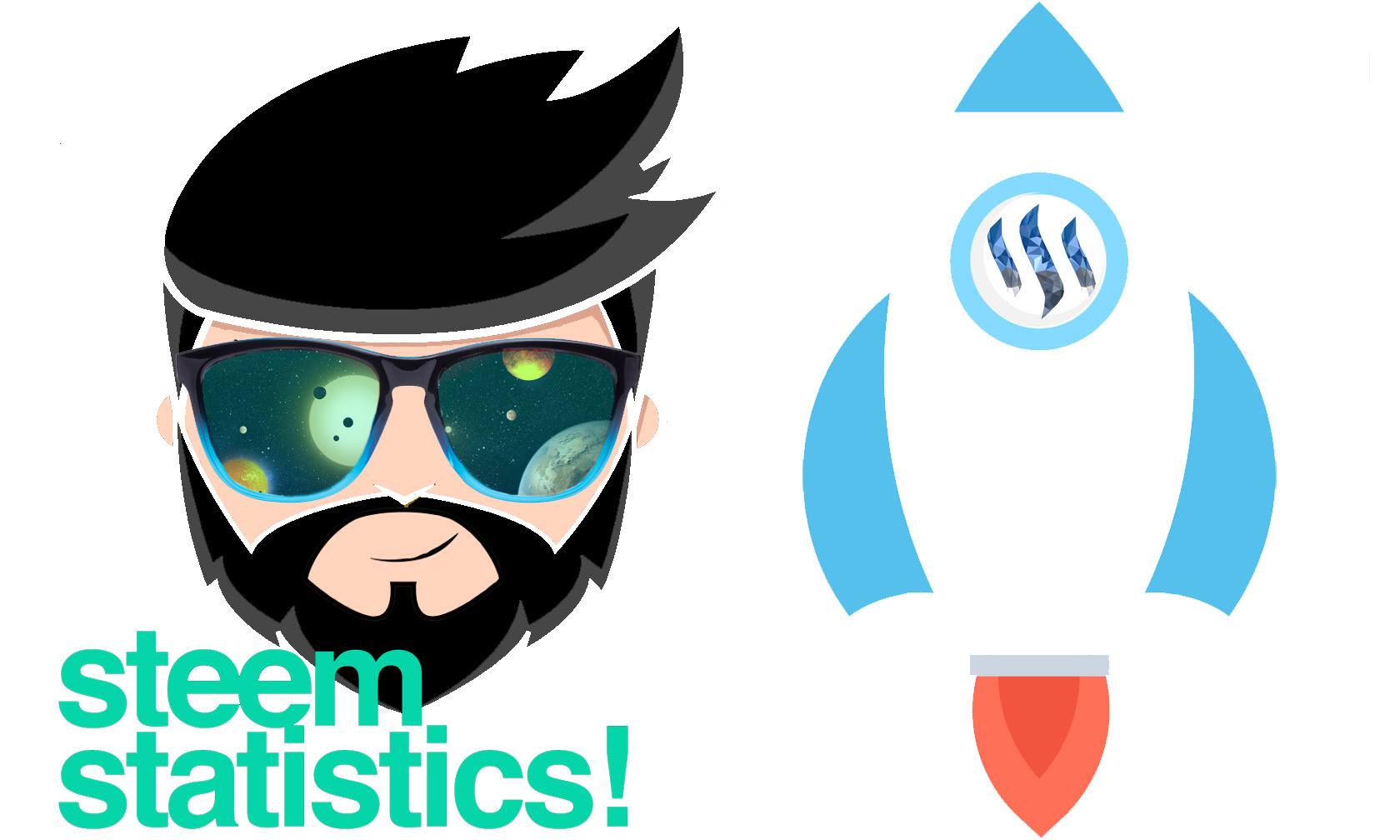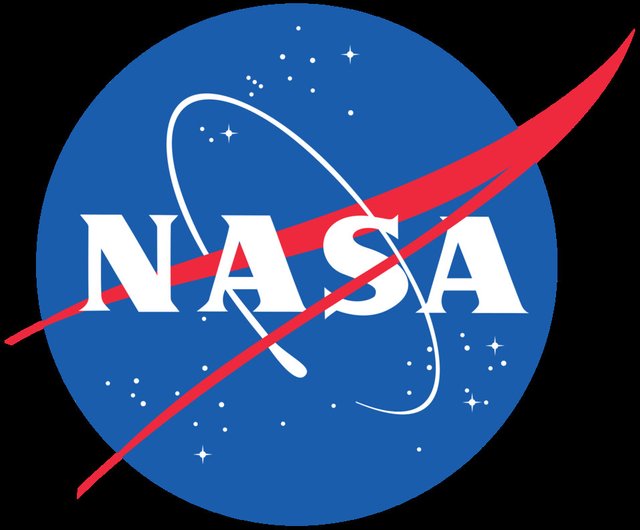
In addition, this probe, which is part of NASA's New Frontiers initiative, is the fifth of its kind to accelerate beyond the outer planets. Thanks to the use of a long-range reconnaissance camera, called LORRI (for its acronym in English), the spacecraft has observed several Kuiper Belt objects and dwarf planets at unique angles.
The images captured in December 2017 correspond to the closest of all objects in the Kuiper Belt -2012 HX84 and 2012 HE85- and are, for now, the furthest photographic record on Earth.
"New Horizons has been a mission of first fruits: to explore first Pluto, the first to explore the Kuiper belt, the fastest spacecraft ever launched," said New Horizons principal investigator Alan Stern.
"And now, we have been able to take images farther from the Earth than any spacecraft in history," he added. The previous record belongs to the ship Voyager 1, which in 1990 captured the famous image of the Earth "Pale Blue Dot", being 6.06 billion kilometers from the planet. After the photograph, the chambers of the mission went out, and 27 years later the brand was broken twice.
LORRI took a photograph of a galaxy star cluster which exceeded the distance of the images captured by Voyager 1. Two hours later, he captured another image that surpassed his own mark. The extended mission of New Horizons began in 2017 and aims to observe at least two dozen other objects belonging to the Kuiper Belt, dwarf planets and "Centaurs".

Incredible,
how far science has brought us!
Downvoting a post can decrease pending rewards and make it less visible. Common reasons:
Submit